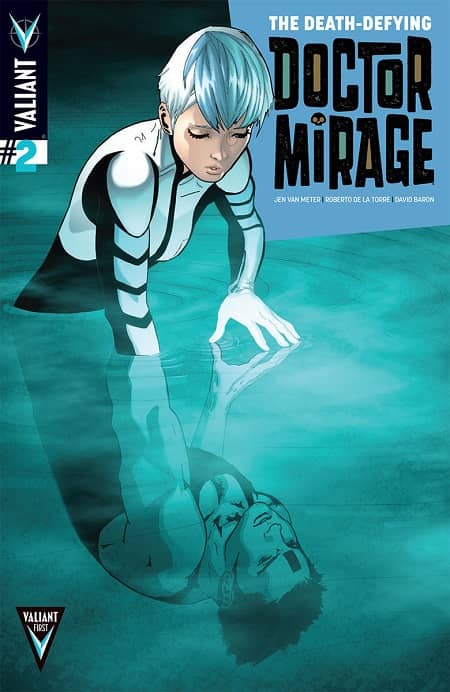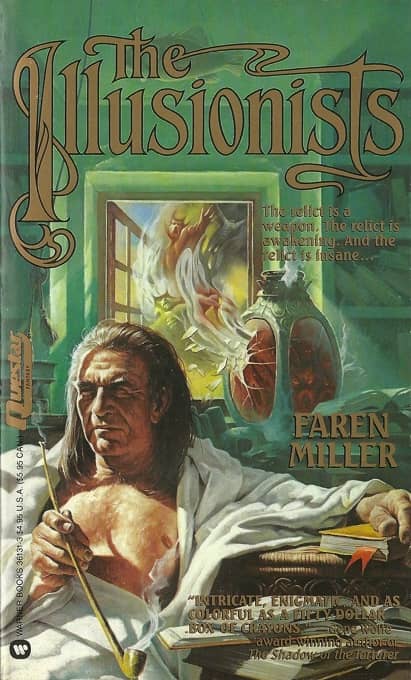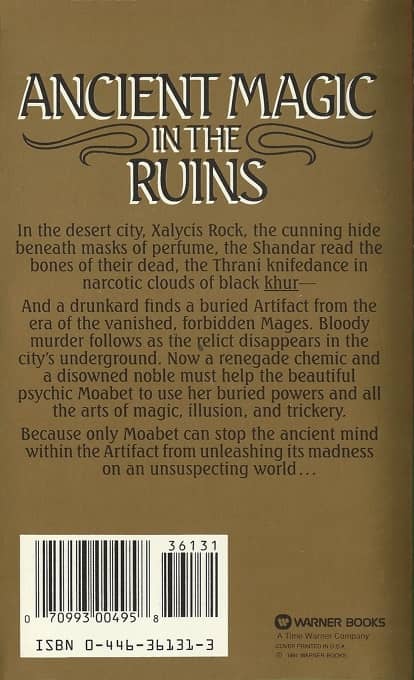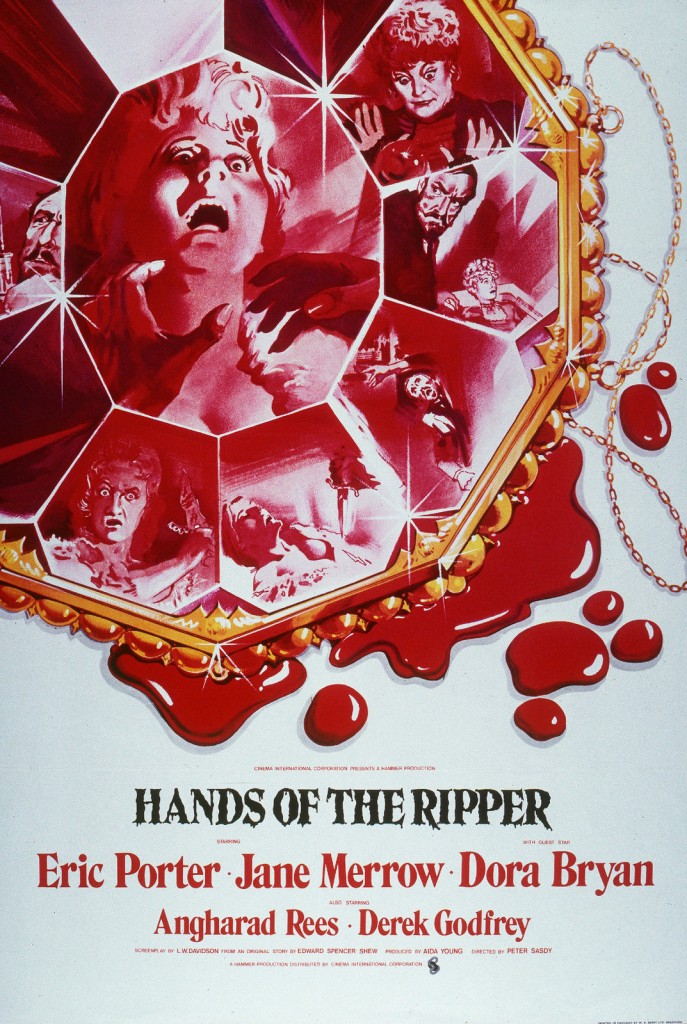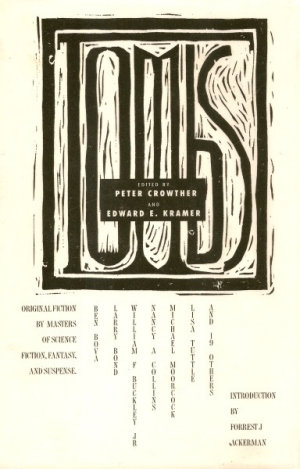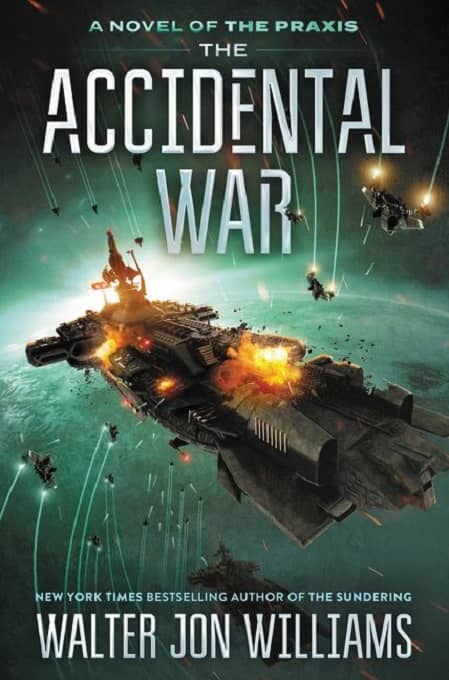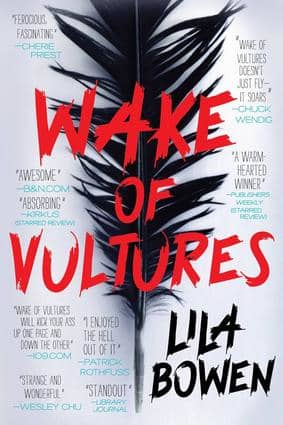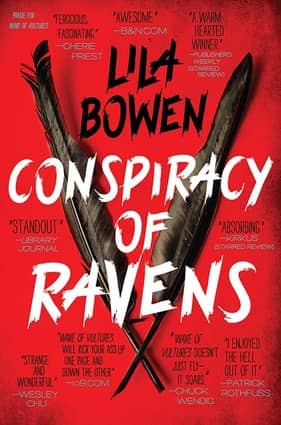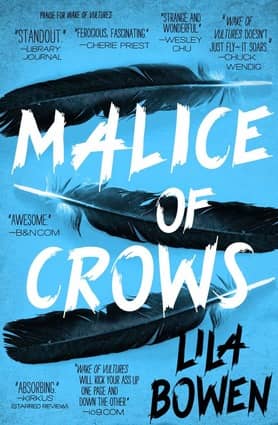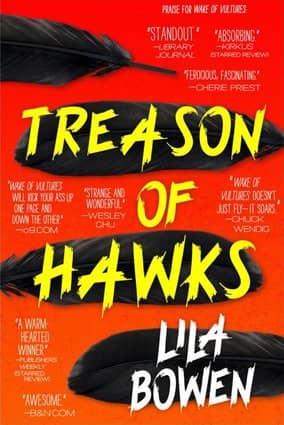Future Treasures: Restless Lightning by Richard Baker
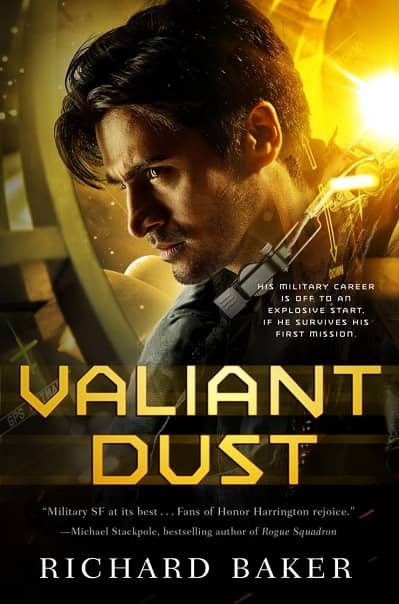 |
 |
Richard Baker’s new military SF series Breaker of Empires, set in an era of great interstellar colonial powers, began with Valiant Dust last year, and the second installment is scheduled to arrive in trade paperback from Tor next week.
I’m glad to see it. Baker began his career as a game designer at TSR where he co-designed the Birthright campaign setting. His first novel was Forgotten Realms: The Adventures: The Shadow Stone (1997). He wrote nearly a dozen more for TSR over the next decade, but Breaker of Empires is his first non-licensed project. It’s generated plenty of interest — Booklist called the first volume “a great start,” and Michael Stackpole proclaimed it “an excellent example of military SF at its best.”
Richard Baker continues the adventures of Sikander North in Restless Lightning, the second book in his new military science fiction series Breaker of Empires and sequel to Valiant Dust.
Lieutenant Sikander North has avoided an outright court martial and finds himself assigned to a remote outpost in the crumbling, alien Tzoru Empire―where the navy sends trouble-makers to be forgotten. When Sikander finds himself in the middle of an alien uprising, he, once again, must do the impossible: smuggle an alien ambassador off-world, break a siege, and fight the irrational prejudice of his superior officers. The odds are against his success, and his choices could mean disgrace ― or redemption.
We covered Valiant Dust here.
Restless Lightning will be published by Tor Books on October 23, 2018. It is 429 pages, priced at $18.99 in trade paperback and $9.99 for the digital edition. The cover is by Larry Rostant.

